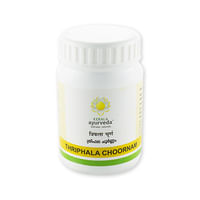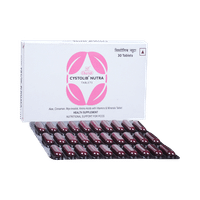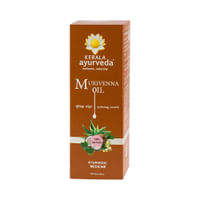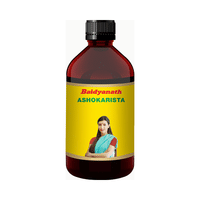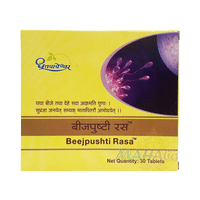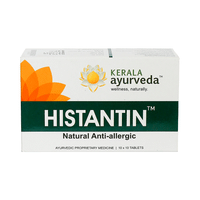Kerala Ayurveda Hamsapadhyadi Kwath
(200 ml Liquid in bottle)
Rs. 276
Rs. 290
5% off
Rs. 276
Rs. 290
5% off
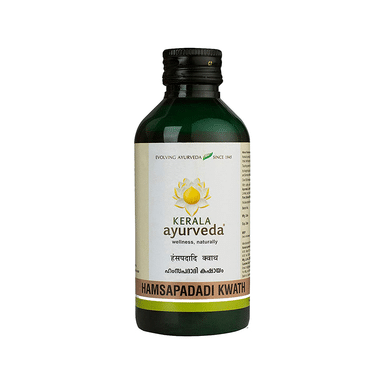
Product Details
Kerala Ayurveda Hamsapadhyadi Kwath
Kerala Ayurveda Hamsapadhyadi Kwath
Do you feel sleepy and tired even after a good night’s sleep? Are you experiencing frequent irritability, profound sweating, and changes in bowel habits? If so, the underlying reason may be in your thyroid! The thyroid, a butterfly-shaped gland in front of the base of the neck, makes hormones that control your basal metabolic rate: the rate at which the body uses the energy at rest. The thyroid naturally affects metabolism and the bodys core functions. Kerala Ayurveda Hamsapadadi Kwath is a classical formulation featuring a blend of 5 herbs: walking maidenhair fern or hamsapadi, malabar nut or vasa, giloy or guduchi, neem or nimba, and long pepper or pippali. It is a herbal tonic intended to maintain balance in thyroid function.
Key Ingredients:
Walking maidenhair fern or hamsapadi,Malabar nut or vasa,Giloy or guduchi,Neem or nimba,Long pepper or pippali
Key Benefits:
Directions For Use:
Safety Information:
Kerala Ayurveda Hamsapadhyadi Kwath
Do you feel sleepy and tired even after a good night’s sleep? Are you experiencing frequent irritability, profound sweating, and changes in bowel habits? If so, the underlying reason may be in your thyroid! The thyroid, a butterfly-shaped gland in front of the base of the neck, makes hormones that control your basal metabolic rate: the rate at which the body uses the energy at rest. The thyroid naturally affects metabolism and the bodys core functions. Kerala Ayurveda Hamsapadadi Kwath is a classical formulation featuring a blend of 5 herbs: walking maidenhair fern or hamsapadi, malabar nut or vasa, giloy or guduchi, neem or nimba, and long pepper or pippali. It is a herbal tonic intended to maintain balance in thyroid function.
Key Ingredients:
Walking maidenhair fern or hamsapadi,Malabar nut or vasa,Giloy or guduchi,Neem or nimba,Long pepper or pippali
Key Benefits:
- This potent formula supports healthy TSH, T3, and T4 levels
- It supports metabolism and overall thyroid function
- It helps maintain energy and fitness
- This formula helps to balance vata and kapha doshas
- It helps reduce occasional irritability, nervousness, and fatigue
Directions For Use:
- Shake the bottle well, mix 15 ml of hamsapadadi kwath with 60 ml of lukewarm water, and take it twice daily before food or as directed by the healthcare professional
- For better results, use consistently for three months
- Seek advice from an ayurveda doctor for long-term use
Safety Information:
- Read the label carefully before use
- Store in a cool and dry place away from direct sunlight
- Keep out of children’s reach
- Seek a recommendation from an ayurveda professional for long-term use
- The colour and consistency of the product may vary between batches because of the seasonal variation; however, efficacy remains the same













